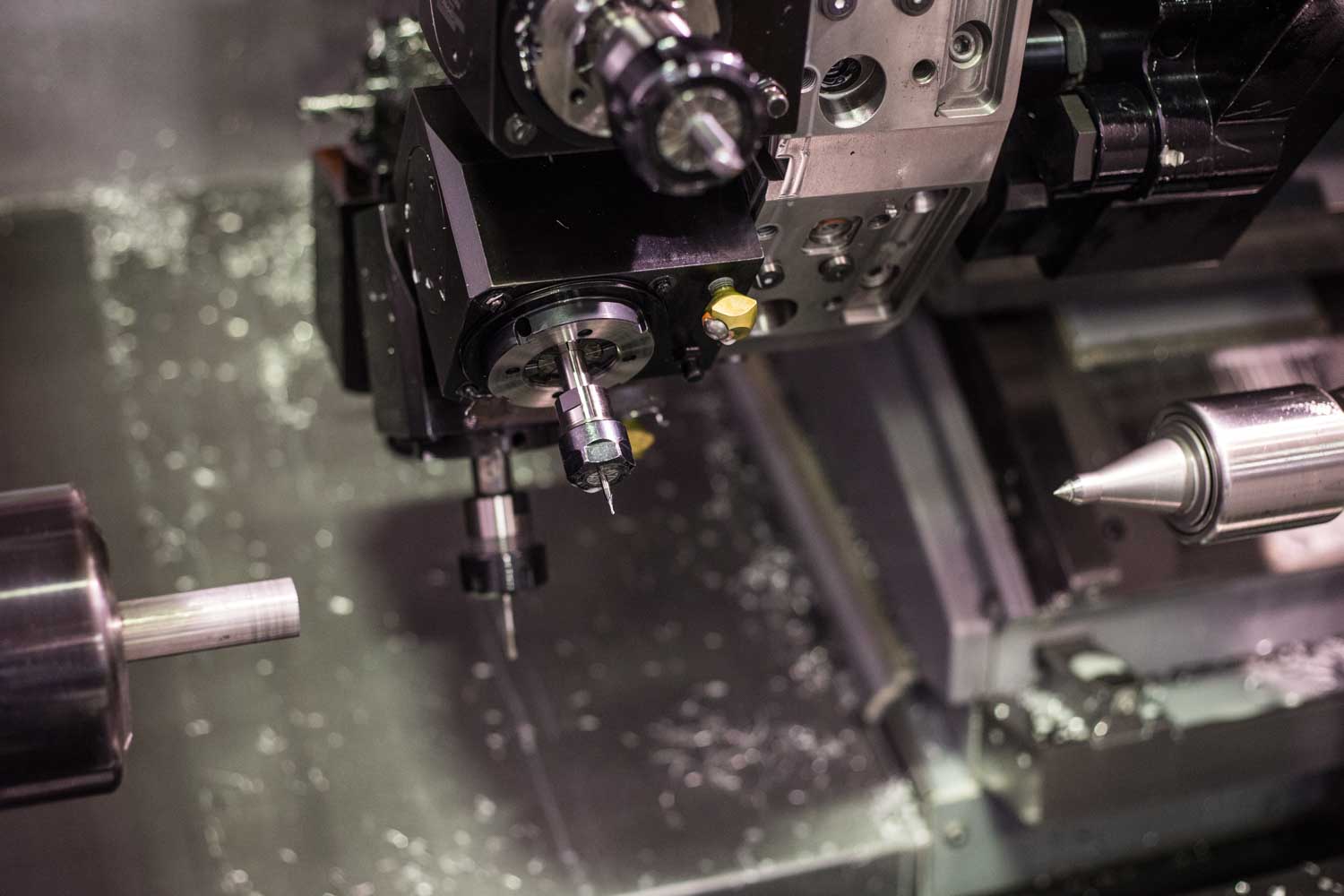COVID-19, 3D printing and the digital supply chain reckoning
Heather Clancy
Thu, 05/14/2020 – 03:28
Proponents of 3D printing technology and digital manufacturing solutions have been seeking their breakthrough moment for years. It took mere weeks to showcase their potential as enablers of flexible supply chains — capable of decentralizing worldwide production and responding to violent, unforeseen disruption.
Every day, there is news of some inspirational pivot that points toward the future possibilities for creating far more sustainable supply chains. The most vivid illustration, of course, is the literally hundreds of companies diverting at least some portion of their production capacity to creating urgently needed supplies for the medical community. It’s part altruism, part capitalism.
Just a few examples: 3D printing provider HP Inc. and its network of customers and partners has so far “printed” more than 1.5 million parts for front-line healthcare workers — components for face shields and PAPR hoods. Digital manufacturing specialist Fictiv has mobilized its network to produce batches of 10,000 shields daily with lead times of as little as 24 hours.
Another player, Carbon, teamed up with Resolution Medical and Beth Israel Deaconess Medical Center in Boston to design and start producing nasopharyngeal swabs for COVID-19 in just three weeks. The partnership is producing hundreds of thousands of swabs every week using Carbon’s M2 printers. Markforged, which makes metal and carbon fiber 3D printers, is part of a similar collaboration driven by several hospitals and research institutions in San Diego.
With supply chains experiencing such significant disruption right now, we could see trends in different sectors toward decentralization and localization …
“With supply chains experiencing such significant disruption right now, we could see trends in different sectors toward decentralization and localization, including in the way products are designed and made to rely less on centralized production and mass production,” noted Carbon CEO Ellen Kullman, in response to questions I sent her for this article.
A similar sentiment was shared by Ramon Pastor, interim president of 3D printing and digital manufacturing at HP, also via email: “Many companies look to digital manufacturing service providers to help speed development of new products, shorten time to market, create leaner supply chains and reduce their carbon footprint.”
The global 3D printing market was worth about $12 billion in 2019, with a compound annual growth rate of 14 percent predicted from 2020 to 2027.
One of HP’s high-profile customers is Volkswagen, which is using its technology in the design of electric vehicles. VW aims to produce more than 22 million EVs worldwide by 2028.

The pandemic is proving to be what Sean Manzanares, senior manager of business strategy and marketing for Autodesk, describes as an “unfortunate catalyst” that is accelerating corporate evaluations of alternative, more sustainable production methods. (To sate that interest, the software company is offering free access to the commercial versions of its cloud-hosted design applications through June 30.)
Autodesk is putting considerable muscle behind demonstrative facilities that help companies explore the potential of 3D printing and localized manufacturing, such as the Generative Design Field Lab that is part of the 100,000-square-foot MxD innovation center in Chicago. Autodesk doesn’t make the hardware; it has added artificial intelligence to many of its applications to make “push-button” manufacturing simpler.
One company exploring how these technologies could support its sustainability initiatives is IKEA, which has been examining how it might use reclaimed furniture scraps to create new products that combine wood and an emerging form of “sustainable power” from Arkema, which makes resins for 3D printers, Manzanares said.
The first thing you have to do is show people that they have options.
Dave Evans, founder and CEO of Fictiv and a former Ford engineer, said the pandemic has helped underscore the notion that digital manufacturing networks — ones that allow organizations to be more agile when it comes to sourcing — will be key to ensuring resilience in the long term, as disruptions brought on by climate change become more frequent. The seven-year-old company just logged its best first quarter.
One ongoing dialogue within Fictiv is the role of design in moving toward a more circular, agile economy — one in which products can be repaired and serviced far more easily. The company’s gift to employees last Christmas: the 2002 book “Cradle to Cradle,” which it hopes will spur innovation from the bottom up.
“The first thing you have to do is show people that they have options,” Evans observed. “If you can show someone a [total cost of ownership] or landed cost, you can show them the emissions of hyperlocal versus some different view. Our role isn’t to push sustainability, but it’s to give them a better choice. If you can do that, you’re enabling leaders to make both better business decisions and better environmental decisions.”
This article first appeared in GreenBiz’s weekly newsletter, VERGE Weekly, running Wednesdays. Subscribe here. Follow me on Twitter:@greentechlady.
Innovation
Technology
3D Printing

A piece of manufacturing machine from Fictiv’s digitally connected network.




